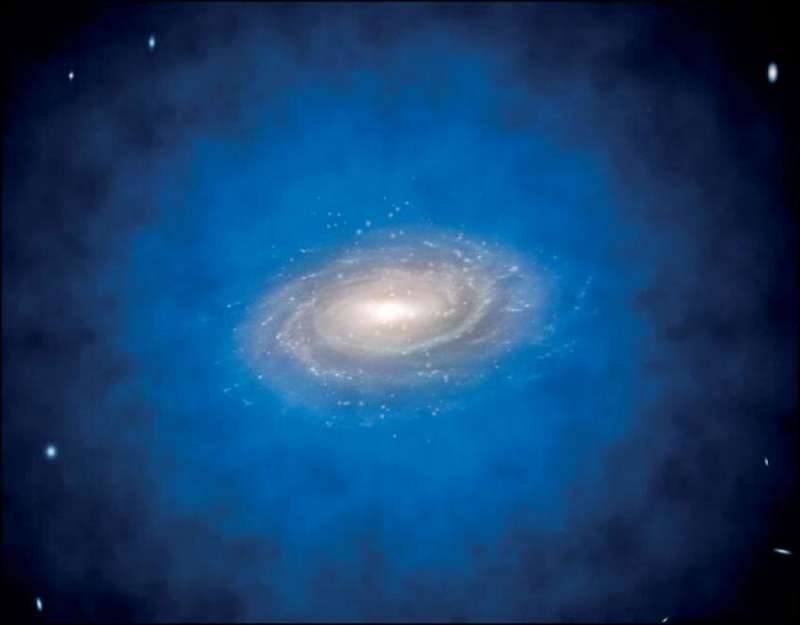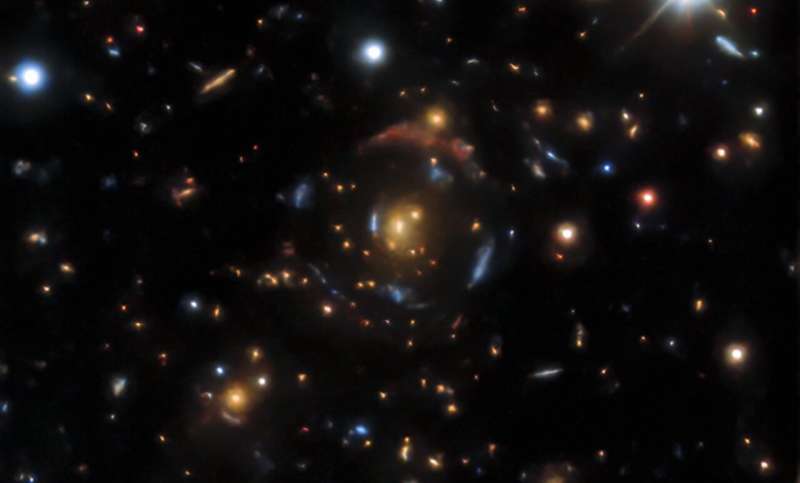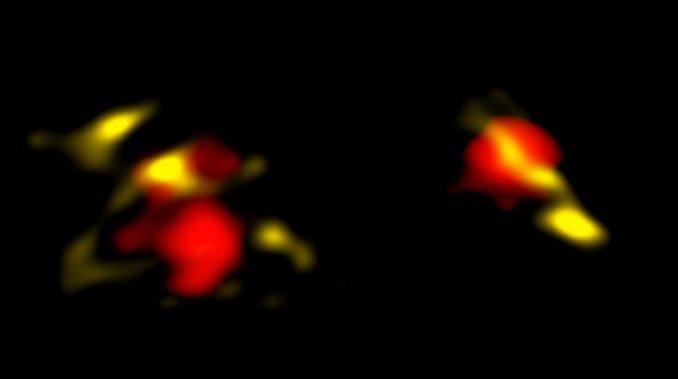Interesting Astronomy & Astrophysics news from the week of 2/21/2021
Next Week’s Night Sky: With the full moon nearly completely gone from Friday’s night sky, this is a great time to get some stargazing in! Bring your favorite pair of binoculars, and feast you eyes on the many beautiful objects in the night sky. My Own Research I found eight blue E+A galaxies in a galactic filament in the Coma cluster of galaxies. An E+A galaxy is a galaxy that has just transformed from its “young” stage to its “old stage.” A galactic filament is simply a […]
Read more


